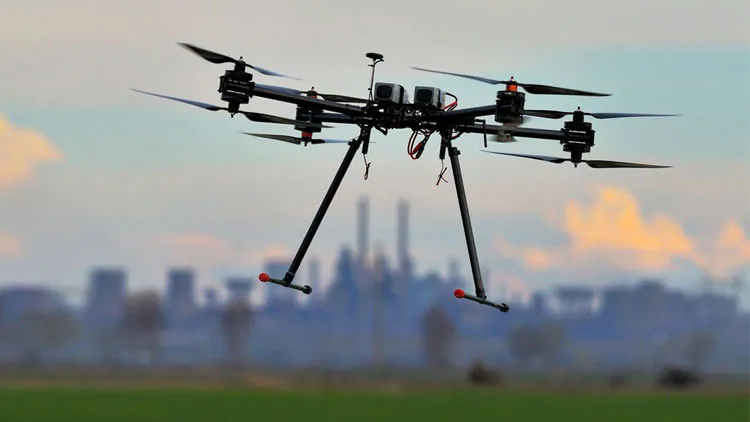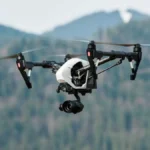
In the thrilling realm of photography, the advent of aerial photography drones has opened up new vistas of creativity, allowing photographers to capture breathtaking perspectives from above.
These nimble flying machines, equipped with high-quality cameras, have become indispensable tools for photographers seeking to transcend traditional boundaries.
This article explores the fascinating intersection of art and technology in aerial photography drones, shedding light on their features, applications, and the transformative impact they have on the world of visual storytelling.
The Evolution of Aerial Photography Drones
- Compact and Agile Design: Aerial photography drones are characterized by their compact and agile design, enabling them to navigate the skies with ease. This design allows photographers to reach vantage points and angles that were once only accessible through expensive and cumbersome means.
- High-Resolution Cameras: The heart of the aerial photography drone is its camera. Many drones are equipped with high-resolution cameras, ranging from HD to 4K and beyond, providing photographers with the tools to capture stunning, detailed images and cinematic-quality video footage.
- Stabilization Technology: To ensure the smoothness of aerial footage, many drones come equipped with stabilization technology, such as gimbals. These devices counteract the effects of wind and drone movement, delivering steady and professional-looking shots.
Features Transforming Aerial Photography
- Real-Time FPV (First Person View): Aerial photography drones often feature FPV technology, allowing photographers to see the live feed from the drone’s perspective in real-time. This immersive experience enhances control and creativity during the shooting process.
- Intelligent Flight Modes: Advanced drones boast intelligent flight modes that simplify the photography process. Features like automated tracking, point of interest mode, and follow-me mode empower photographers to focus on composition while the drone handles navigation.
- Customizable Camera Settings: Aerial photography drones offer photographers the ability to customize camera settings remotely. This includes adjusting exposure, focus, and composition, providing creative control even in the midst of flight.
Applications of Aerial Photography Drones
- Landscape Photography: Aerial photography drones excel in capturing expansive landscapes from a unique perspective. The ability to hover at various altitudes allows photographers to showcase the beauty of natural environments in ways previously unimaginable.
- Event Coverage: Photographers leverage aerial drones for event coverage, capturing dynamic shots of weddings, sports events, and festivals. The elevated viewpoint adds a cinematic quality to event documentation.
- Construction and Real Estate: Aerial photography drones play a pivotal role in construction and real estate by providing bird’s-eye views of properties and construction sites. This aids in surveying, planning, and marketing endeavors.
Conclusion
Aerial photography drones have democratized the art of capturing the world from above, offering photographers a new dimension of creativity.
From breathtaking landscapes to dynamic event coverage, these flying cameras have become a staple in the photographer’s toolkit.
As technology continues to advance, the marriage of art and technology in aerial photography drones promises to elevate visual storytelling to new heights, empowering photographers to push the boundaries of what is possible in the ever-evolving field of photography.








